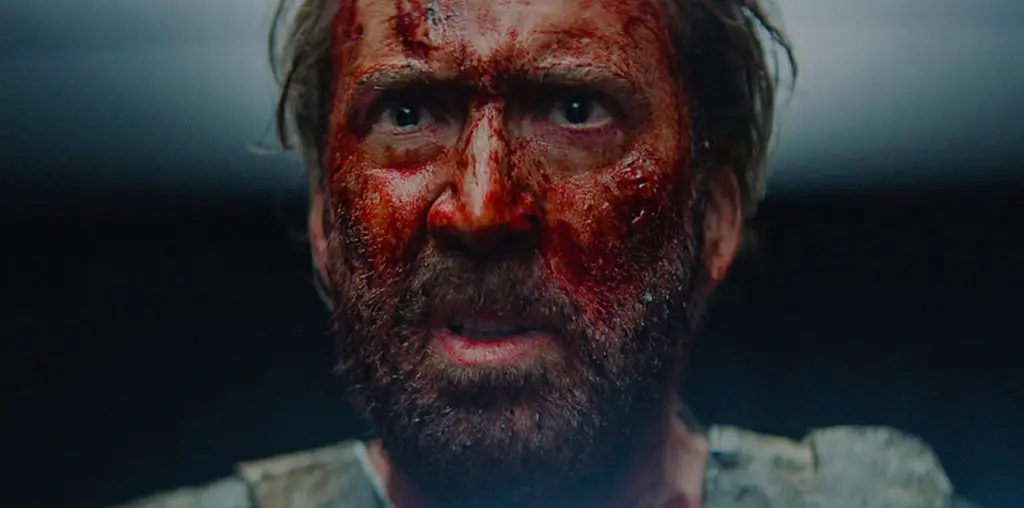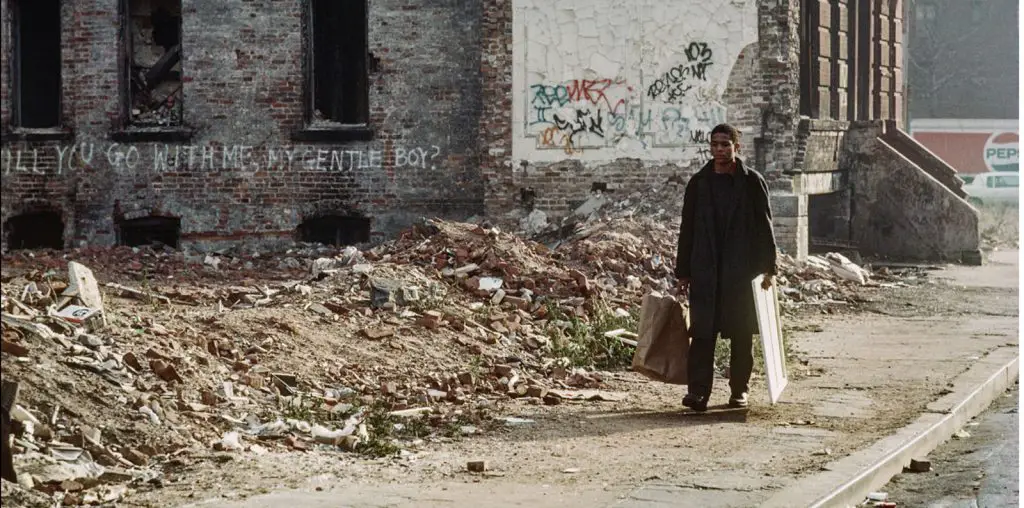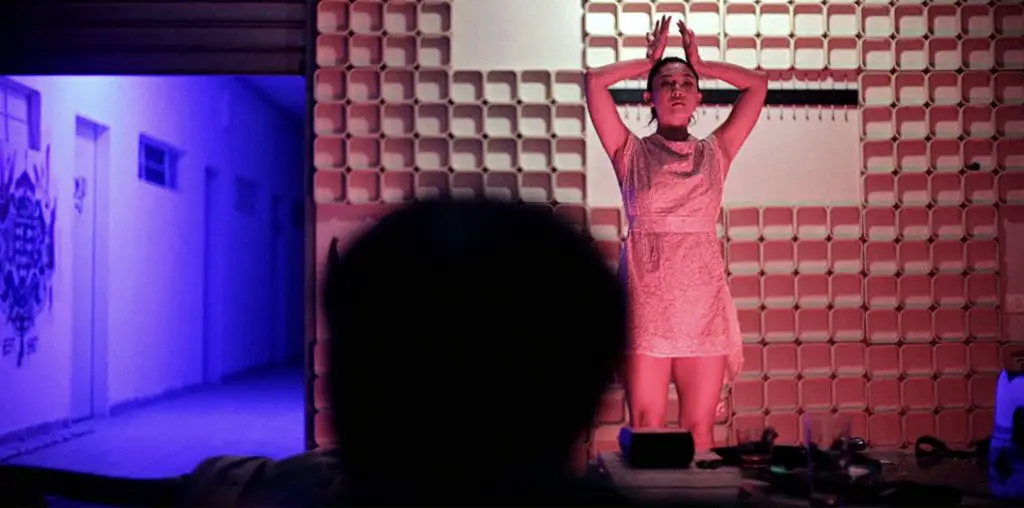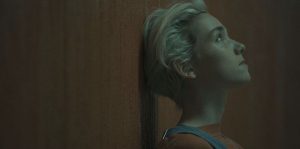
NEW TO HULU! When I was a kid, I thought one of the coolest inventions that could possibly ever be made is the machine that records our dreams and allows us to watch them. However, seeing Come True has made me rethink that. There are a lot of films about dreams, such as the head trip that is Paprika. Then in horror, we have countless Nightmare On Elm Street movies to scare you out of your own good night’s sleep. Come True is possibly the most original film I’ve seen about dreams this side of Christopher Nolan’s labyrinthine Inception. While I could talk about what those films have in common, I will stick to what makes Come True so unique.
First of all, how perfect to set a film about dreams in a sleep study. 18-year-old high school student Sarah (Julia Sarah Stone) is a runaway who often sleeps on the local playground slide or at her friend Zoe’s (Tedra Rogers’) house. She often has very creepy dreams that are shown in all their bizarre glory for us to see. So, when Sarah discovers a flier for a sleep study at her local coffee shop, she is psyched. She’s no longer beholden to the nagging fear of whether or not she’ll have a roof over her head for the night. It turns out that this study might also have some potential answers to the nightmares that Sarah experiences.
It’s not too soon after she enters the study when we start to figure out what the study is actually doing. One of the scientists, Anita (Carlee Ryski), is showing Sarah random photos the morning after her sleep session. She doesn’t know what they are, but seeing them is starting to make her upset. She ends up having a seizure. So, she quits until she can convince Jeremy or “Riff” (Landon Liboiron), another one of the scientists, to show her where the pictures she saw earlier came from. The film goes down a progressively weirder and creepier path from here.
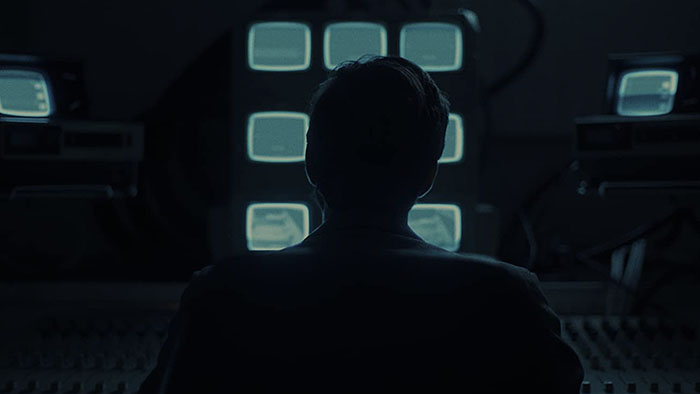
“…this study might also have some potential answers to the nightmares that Sarah experiences.”
I have to hand it to writer/director Anthony Scott Burns and Daniel Weissenberger, who gets a story credit for this phenomenally original vision. Burns uses the Jungian model of the psyche to segment the film, with different sections being labeled “Anima/Animus,” “The Persona,” “The Shadow,” and “The Self.” Carl Jung was a psychologist who spent a large part of his study focusing on dreams and the collective unconscious. Burns’s vision is decidedly Jungian. There’s a lot of psychological questioning going on in Come True. It makes us wonder if there really is such a thing as the collective unconscious and how connected we are all to it. There’s also a love-story side plot for those of you who find what I just said to be too heady. However, headiness is part of what makes this film so incredible.
The cinematography, which is also by Anthony Scott Burns, lends a lot to the film’s tense nature. The stark landscapes that lead into Tool-video-esque insanity, the razor-thin ledge between waking life and dreams, are all made convincing through the camerawork. The music by (again!) Anthony Scott Burns, Pilot Priest, and Electric Youth lend some cool spookiness to the already weird world that has been created.
I’m overall just impressed by how many aspects of the film that Burns handled personally. He very well could prove to be the Robert Rodriguez of indie sci-fi. Come True is a masterwork, and I’m on the edge of my seat to see what kind of amazing film that Anthony Scott Burns delivers to us next.
Come True played at the 2020 Fantasia Film Festival.
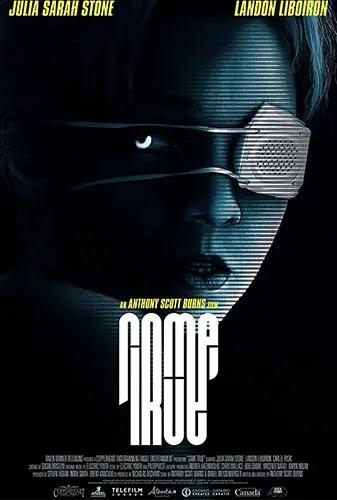
"…Burns's vision is decidedly Jungian."
